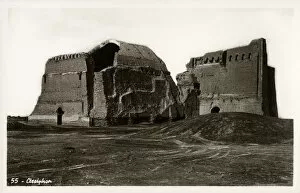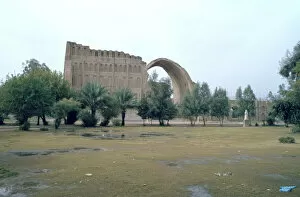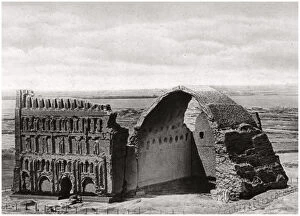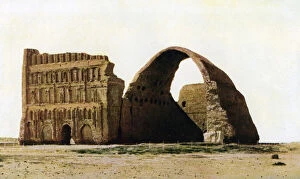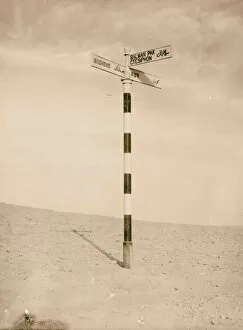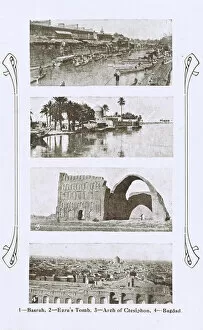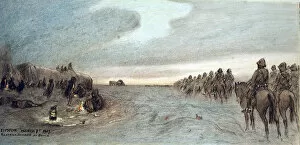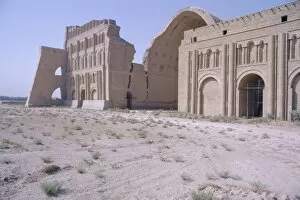Ctesiphon Collection
Ctesiphon, the ancient city of wonders in Iraq, holds within its walls a treasure trove of history and architectural marvels
All Professionally Made to Order for Quick Shipping
Ctesiphon, the ancient city of wonders in Iraq, holds within its walls a treasure trove of history and architectural marvels. Standing proudly amidst this historical landscape is the Arch of Ctesiphon, an awe-inspiring structure that leaves visitors spellbound. With its grandeur and magnificence, it serves as a testament to the ingenuity and craftsmanship of ancient civilizations. The Taq Kisra, another remarkable sight at Ctesiphon, stands tall as a symbol of power and opulence. This majestic palace gateway has witnessed centuries pass by and still retains its regal allure. From every angle, it exudes an air of mystery that beckons explorers to unravel its secrets. As one ventures through the ruins of Ctesiphon they can transported back in time to witness scenes from Iraq's rich past. Basra's vibrant culture comes alive while standing before the Tomb of Ezra; Baghdad's bustling streets echo with tales untold. Amidst all this splendor lies the largest brick arch in the world – a true masterpiece that defies time itself. A stucco wall panel adorned with a charging boar takes us back to the 6th century AD when art flourished under Sassanian rule. Its intricate details showcase not only artistic prowess but also provide glimpses into life during those times. In earlier years, British transport columns passed by these ruins on their way to Bagdad (as it was then spelled), leaving behind traces of their presence amidst this ancient wonderland. Even decades later in 1977 or during aerial expeditions in 1925 and 1926 captured breathtaking views from above – showcasing how Ctesiphon continues to captivate hearts across generations. Whether viewed through an artist's eyes or frozen in photographs from different eras like the 19th century or even more recent snapshots from the 1930s - The Taq-i Kisra remains an eternal symbol of Ctesiphon's grandeur.


